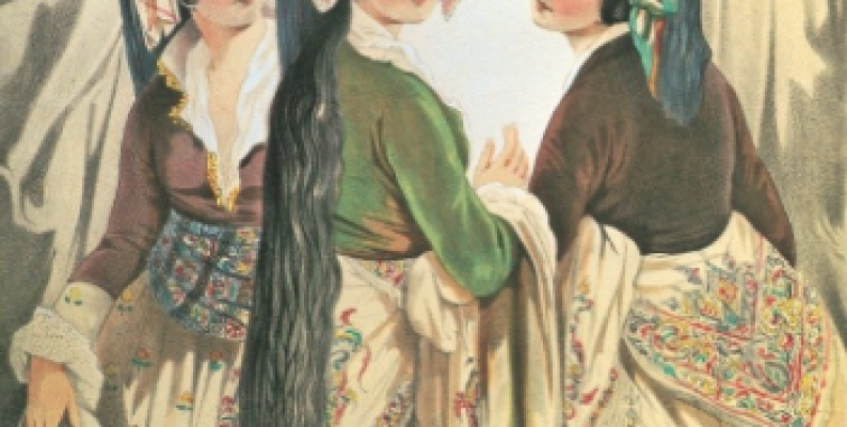Origin of wedding traditions

The change that has taken place from the beginning of human history to the present is, of course, unbelievable. Wedding traditions , on the other hand, are practiced together with those that seem to have existed for a long time, but are new or have a history of at most fifty years, and those that have been going on for centuries. I wonder where these traditions come from, some of which are quite plausible, but most of them have no logical explanation.
Wearing a Wedding Dress : Even when there were no white wedding dresses , at least adorning with real flowers has always been there. Although there are different ideas in the history of today's wedding dress models, the most agreed upon are the woman named Anne, who married Louis the 12th in 1499, and Queen Victoria, who wore a white satin wedding dress with a 5.5-meter tail while marrying Prince Albert in 1854.
Bride Money: This tradition, which started with the transition to agricultural society, has developed differently from the ugly point of view today. In families that provided their economy with agriculture or animal husbandry, adult girls would help their families with both housework and gardening. Since the girl to be married could no longer do these things, a certain amount of money was given to that family. In different parts of the world, there are also monies received in exchange for sons marrying with the same logic. Of course, with rare exceptions, it disappeared with the transition from agricultural society to city life.
Henna Night : It is based on the belief that applying henna will ensure the continuity of the love of the couples who will get married . It is a Turkish-Islamic tradition that has survived from ancient times. In the henna clothing trends, there are red-colored evening dress models that have been worn recently, and bindallı models worn during the short ceremony when henna is applied, or multi-embroidered clothing called caftan.
Wearing jewelry: Wearing jewelry or money is a tradition that started to help newly married couples who set up a new home.
Arranging: When the period of getting to know each other, called dating or dating, was not yet accepted, the family elders of the men who were at the age of marriage would go to the houses with young girls and see the girls for the purpose of liking and making decisions. Of course, if the adults agreed, the subject of marriage would be discussed.
Engagement Bundle : Although what is put into it differs according to regions and regions, the first reason it appeared is to exaggerate and show that he values the family and his own purchasing power.
Offering Turkish coffee upon request: Turkish coffee, which is very valuable in Middle Eastern culture as well as Turkish culture, is important for displaying the girl's ingenuity to the male side.
Wearing a face-dress: This is a legacy from the times when arranged marriages were common. In marriages made by the decision of the elders of the family, the groom-to-be would see the bride on the wedding day. Before entering the wedding ceremony, he wore a precious ornament on the bride before he saw the bride's face.
Dowry Laying: Family elders and neighbors come together and place the newly married couple's belongings in a transparent manner. Items will be shown to everyone, be they friend or foe.
Wedding convoy: One of the oldest traditions, convoy is made to announce the marriage and wedding to the whole city and to show that you have many friends, spouses, friends and relatives.
